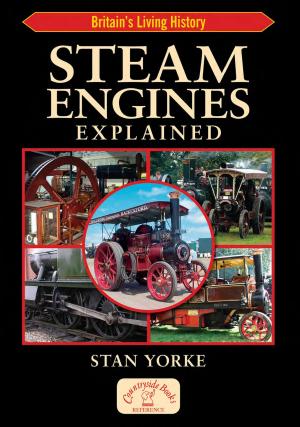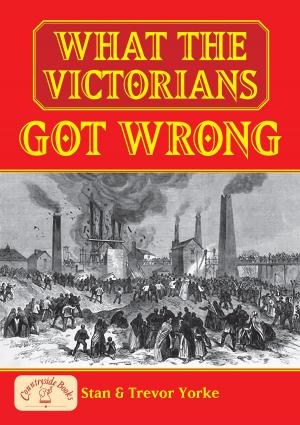Windmills and Waterwheels Explained
What They Do and How They Work
Nonfiction, Science & Nature, Technology, Engineering, History, British| Author: | Stan Yorke | ISBN: | 9781846748585 |
| Publisher: | Countryside Books | Publication: | October 12, 2006 |
| Imprint: | Countryside Books | Language: | English |
| Author: | Stan Yorke |
| ISBN: | 9781846748585 |
| Publisher: | Countryside Books |
| Publication: | October 12, 2006 |
| Imprint: | Countryside Books |
| Language: | English |
Waterwheels provided our sole source of power, apart from animals and our own sweat, as far back as 200 BC. Windmills arrived in the 12th Century and then both reigned supreme until the appearance of the steam engine during the 18th Century. This vast timespan made them key elements of our history. But do we know what they do and how they work? Stan Yorke sets out to explain just that, using easy-to-follow text and with extensive drawings, diagrams, and photographs. The book describes the various styles of mill, and the process of grinding down grain to produce flour. It looks too at the way the energy from a waterwheel or a windmill’s sails is used to power the machinery itself. The explanations and illustrations are linked directly to mills that we can still see today. Fortunately, there are some 400 restored mills, and some even produce flour for sale. The book includes a list of these sites, plus a glossary of unfamiliar terms.
Waterwheels provided our sole source of power, apart from animals and our own sweat, as far back as 200 BC. Windmills arrived in the 12th Century and then both reigned supreme until the appearance of the steam engine during the 18th Century. This vast timespan made them key elements of our history. But do we know what they do and how they work? Stan Yorke sets out to explain just that, using easy-to-follow text and with extensive drawings, diagrams, and photographs. The book describes the various styles of mill, and the process of grinding down grain to produce flour. It looks too at the way the energy from a waterwheel or a windmill’s sails is used to power the machinery itself. The explanations and illustrations are linked directly to mills that we can still see today. Fortunately, there are some 400 restored mills, and some even produce flour for sale. The book includes a list of these sites, plus a glossary of unfamiliar terms.















